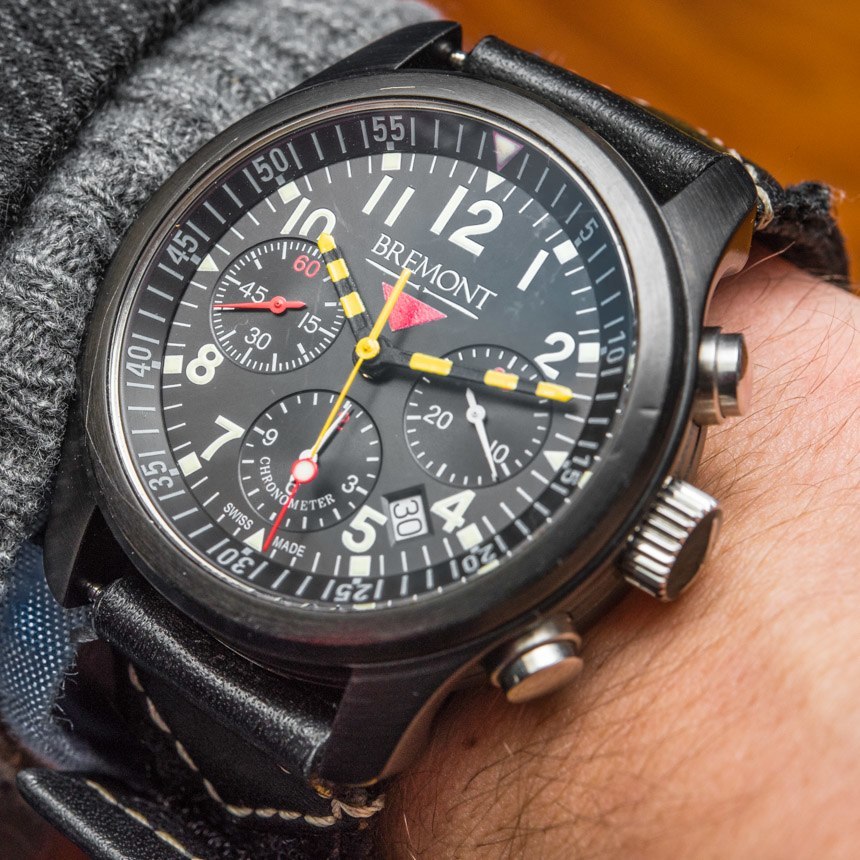1. Why We Are In A Golden Age For Appreciating Superlative Hand-Finishing In Wristwatches
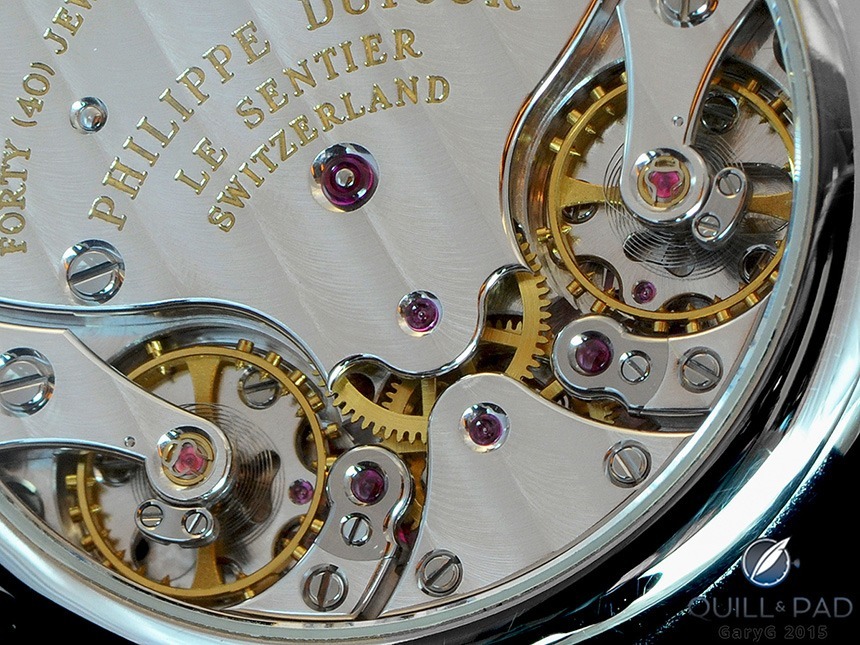
The watch industry has enjoyed a resurgence and tremendous growth in the past couple of years, and that has led to numerous advances. In the past few years, we have seen the use of advanced materials in watchmaking, new escapement technologies and also a rise in the number of independent watchmakers whose aim is to produce classic hand-finished watches. If you have been fortunate enough to see a watch from the likes of Philippe Dufour, Greubel Forsey, or Vianney Halter (just to name a few) in the flesh, then I’m sure you’ll agree that the movements are works of beauty. This article discusses why hand-finishing is so important and also what must be done to ensure that this tradition survives.
Source: Quill & Pad
2. Hands-On with the Patek Philippe Nautilus Ref. 5711/1P in Platinum
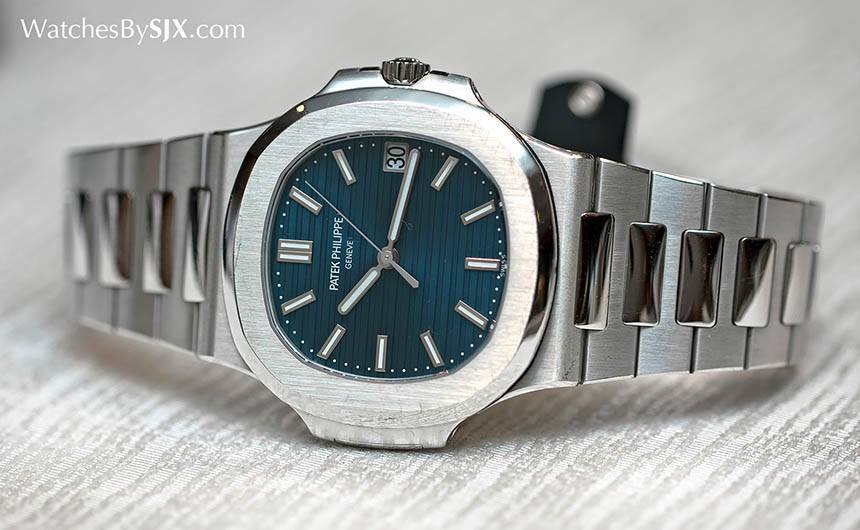
You won’t find the above watch on Patek Philippe’s website. In fact, not many people even know about its existence. However, Patek Philippe does make the Nautilus Ref. 5711 in platinum – and it’s only for its most special clients. On first glance, the Nautilus Ref. 5711 in platinum looks nearly identical to the Ref. 5711 in stainless steel, but as they say, the devil is in the details. The dial on the platinum piece, for instance, is in a more vibrant shade of blue. Additionally, the date window on the platinum model also has a white gold frame that the stainless steel one doesn’t have. Find out the other differences by hitting the link below.
Source: Watches by SJX
3. F.P. Journe Fan Interview

I have said this numerous times, but it bears repeating: Francois-Paul Journe is one of the most exciting master watchmakers living today. His approach to watchmaking is truly fascinating. He is always reinventing and improving on existing complications with an abiding reverence for chronometric performance. For example, in this interview, he reveals the reason why his watches have always lacked a center seconds hand, and that’s because it requires additional gears which reduce accuracy. Find out more about this enigmatic visionary in this interview, as it covers a wide range of subjects including plans on future F.P. Journe watches, his thoughts on the competition, and also what watch would he recommend for a new collector with a $10,000 budget.
Source: TimeZone
4. Understanding the Omega Speedmaster
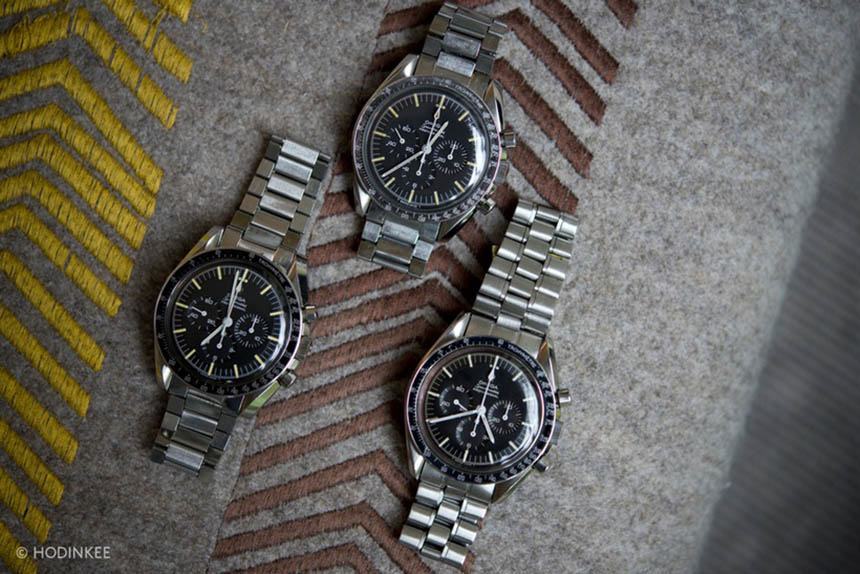
Ask a watch lover, “what is the most iconic chronograph in history?” and there’s a good chance that he or she will say, “the Omega Speedmaster Professional.” Indeed, there is no doubt that the Speedmaster is one of the most famous watches in the world, never mind chronographs. Created in 1957, the Speedmaster has undergone numerous transformations and has also given birth to numerous spinoffs, but it remains one of Omega’s most important watches. In fact, vintage Speedmasters are overall more affordable (some would say under-appreciated) compared to some other watches with as much, or even less, historical provenance. Get acquainted with vintage Speedmasters with this in-depth look at the Speedmaster’s history.
Source: Hodinkee
5. Why Does This Watch Cost $815,000?
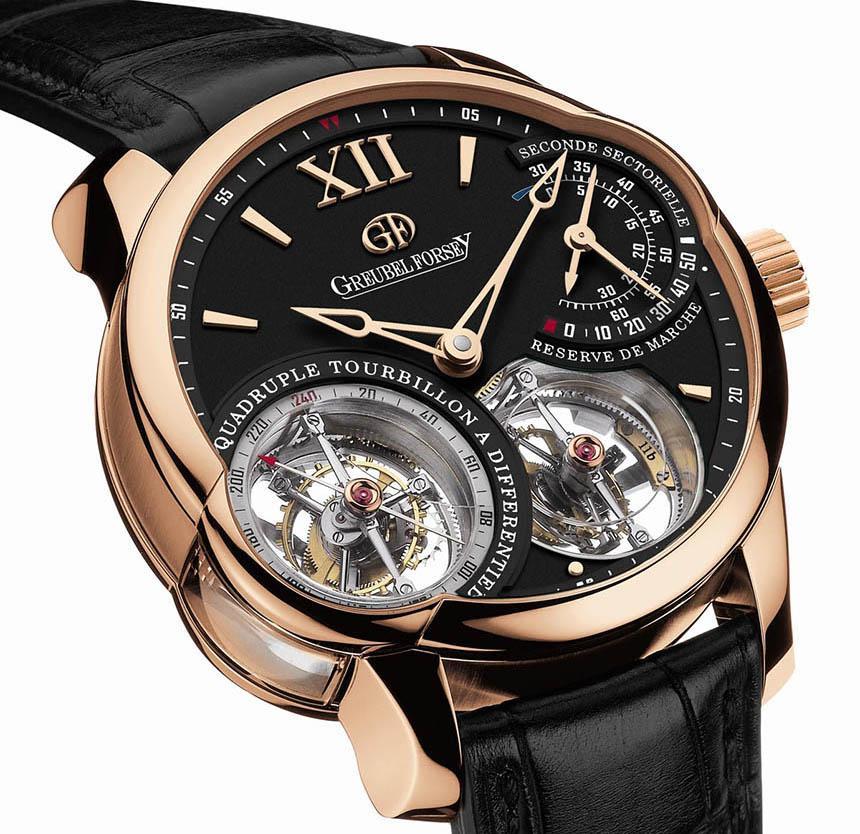
Watches can be expensive – like really, really, eye-wateringly expensive. But I guess most readers of this blog would know this by now. But if your wife or friend ever questions you about your hobby and asks why are you into really expensive pieces of jewelry, you can show them this article. It explains why Greubel Forsey’s Quadruple Tourbillon watch costs a whopping $815,000, and is a good place to begin educating them on why some watches cost the amount that do.
Source: The New York Times

